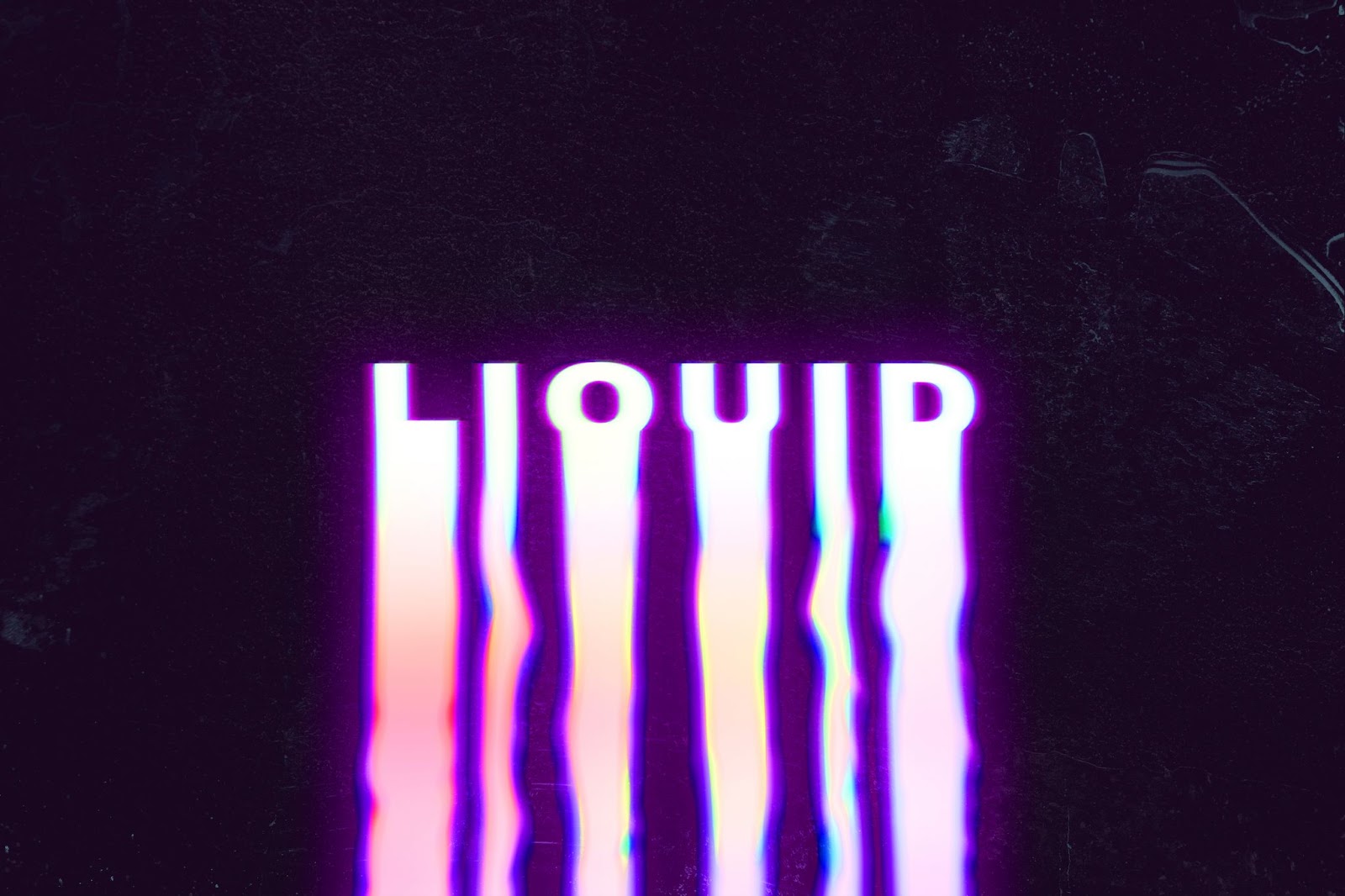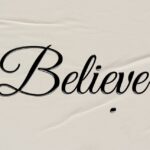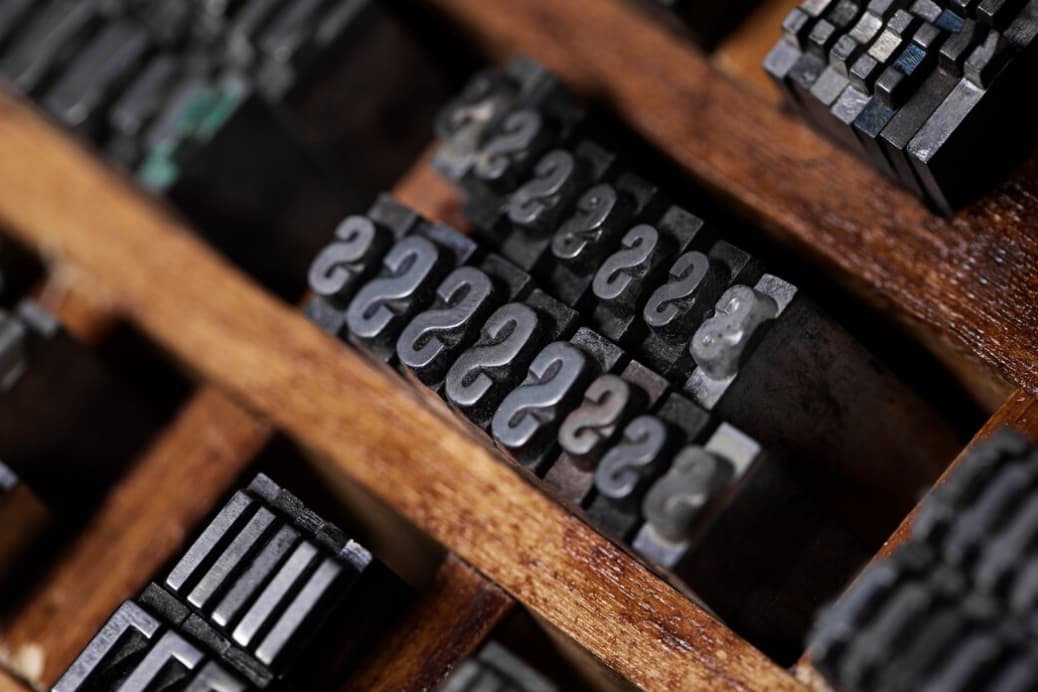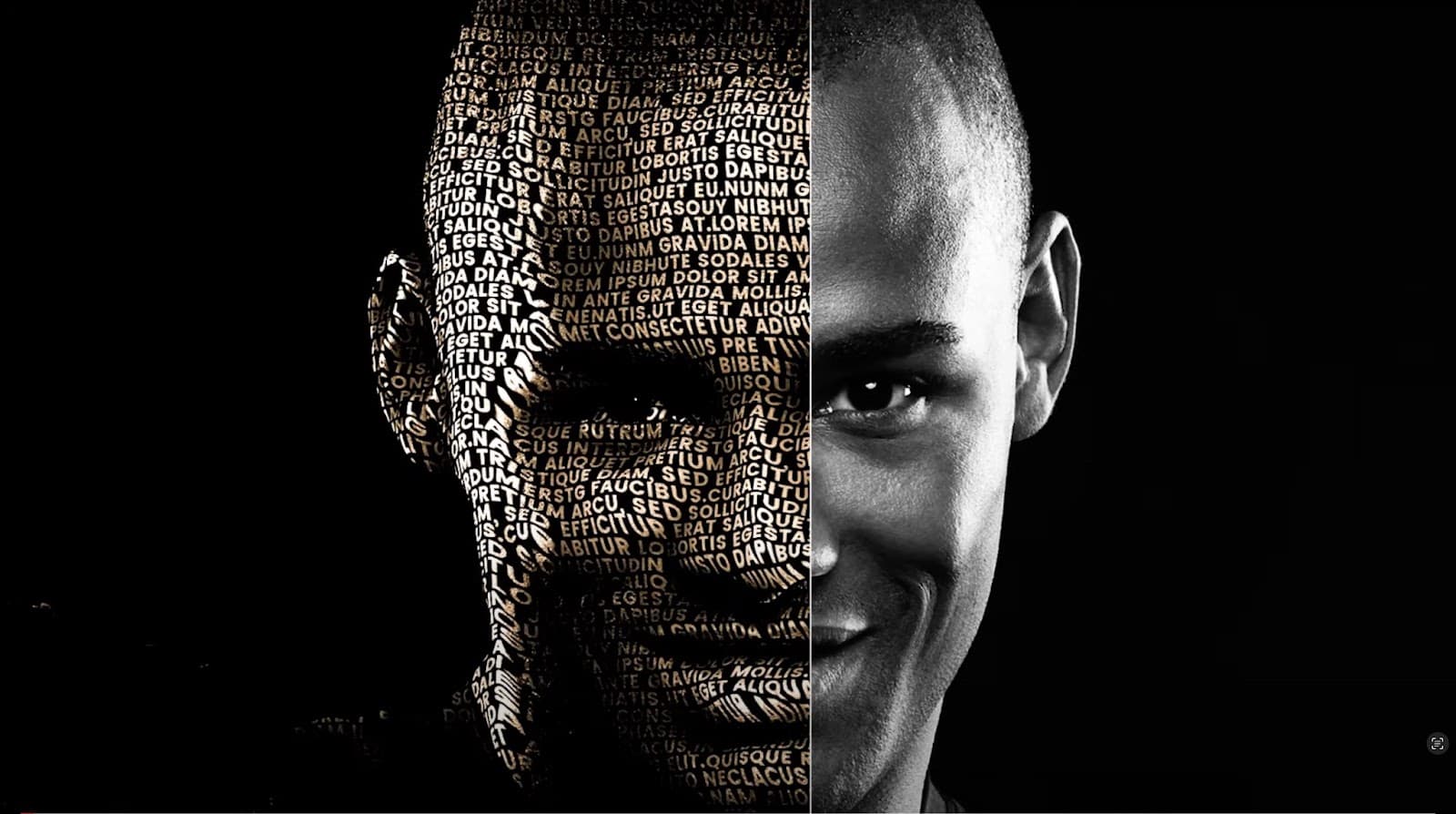In the ever-evolving landscape of graphic design, experimental typography emerges as a frontier of artistic innovation and creative exploration. This article delves into the intricate world of experimental typography, unraveling its history, essence, and the myriad ways it redefines the conventional use of type in graphic design.
From its roots to modern applications, we explore the transformative power of typography when it transcends traditional boundaries, becoming a tool for artistic expression and visual storytelling.
- Understanding Experimental Typography
- The Evolution of Typographic Art
- Techniques and Manifestations
- The Role of Technology
- Typography as Art
- Artistic Techniques in Typography
- Typography and Visual Communication
- Playing with Typefaces
- Embracing Visual Hierarchy in Experimental Typography
- Infusing Emotion into Letters
- The Impact on Advertising and Branding
- Experimental Typography in the Digital Age
- Conclusion
Understanding Experimental Typography
At its core, experimental typography is a dynamic subset of graphic design that embraces unconventionality and imagination in the use of type. It breaks free from the shackles of traditional typography, which prioritizes legibility and uniformity, to explore the uncharted territories of creative expression.
Here, letters and words are more than vessels of meaning; they are visual elements, shaped and transformed to convey messages in novel and thought-provoking ways. Designers in this field are akin to alchemists, turning ordinary letters into visual spectacles that captivate and challenge the viewer.
The Evolution of Typographic Art
Experimental typography is not a modern phenomenon; its seeds were sown as early as the Renaissance, with the advent of movable type. However, it gained significant momentum in the 20th century, fueled by the rise of digital technology and a growing appetite for innovation in graphic design. This era saw typography evolve from a functional tool to an artistic medium, where the aesthetic value of text gained equal footing with its communicative function.
Techniques and Manifestations
This form of typography employs various techniques like distortion, layering, and abstraction. Designers manipulate typographic elements to create a tapestry of visual poetry, where each letter and word plays a crucial role in the overall composition. The techniques range from subtle alterations to radical transformations, each contributing to a unique narrative or aesthetic.
The Role of Technology
Advancements in software and digital tools have been a catalyst for experimental typography. Designers now have an unprecedented ability to manipulate type, creating effects that were once impossible. This technological leap has not only expanded the boundaries of typography but also democratized it, allowing more designers to experiment and innovate.
Typography as Art
In the world of experimental typography, the line between text and art becomes blurred. Letters and words transform into artistic elements, transcending their traditional function. This section of the article delves into how experimental typography elevates type to an art form, discussing various techniques and the philosophy behind this artistic approach.
Artistic Techniques in Typography
The techniques used in experimental typography are diverse and imaginative. Distortion, for example, can alter the perception of a letter, giving it new meaning or significance. Layering can create depth and complexity, while abstraction can strip a letter to its bare essence, challenging the viewer to decipher its meaning.
Typography and Visual Communication
This form of typography is not just about aesthetic appeal; it’s a powerful tool for visual communication. It can convey emotions, create ambiance, and evoke responses in ways that traditional typography cannot. The artistry lies in the designer’s ability to use type to tell a story, convey a message, or evoke an emotional response.
Playing with Typefaces
Exploring and experimenting with typefaces is fundamental to experimental typography. This section discusses how designers push the boundaries of type design, creating custom typefaces and employing diverse styles to enhance their visual narratives:
- Custom Typefaces and Innovation: Designers often create custom typefaces or adapt existing ones to fit their vision. This process involves not just aesthetic considerations but also a deep understanding of typography’s principles and history. The choice of typeface can significantly impact the design, conveying different moods, themes, and messages;
- The Impact of Typeface on Design: The impact of a typeface on a design cannot be overstated. The right choice can elevate a design, while the wrong one can detract from its message. Designers must carefully consider factors like size, weight, and style, as these can greatly influence how the text is perceived and interacted with.
Embracing Visual Hierarchy in Experimental Typography
Conventional typography has long been governed by steadfast rules aimed at establishing a clear visual hierarchy. This structure ensures that a reader’s eye moves smoothly across the page, absorbing information in a logical sequence.
Experimental typography, however, boldly steps away from these time-honored norms. It ventures into a world where the size, placement, and orientation of text elements are manipulated to disrupt and challenge the viewer’s expectations. This approach not only provokes a more dynamic reading experience but also opens doors to unique interpretations. Such typographic designs compel the audience to engage more deeply with the text, transforming the act of reading into an interactive experience.
Infusing Emotion into Letters
The art of experimental typography transcends the mere conveyance of literal meanings. It ventures into the expressive territory where letters become vessels of emotion. Designers in this field skillfully employ evocative visuals, rich colors, and varied textures to instill letters with distinct feelings, breathing life into what would otherwise be static text.
This technique of imbuing typography with emotional depth adds layers of complexity to the design. It makes a lasting impact on the viewer, appealing to their emotions and leaving an indelible mark on their psyche.
The Impact on Advertising and Branding
Experimental typography has been increasingly recognized for its potential to captivate and engage audiences in the realms of advertising and branding. Brands that incorporate such innovative typographic techniques in their marketing efforts can distinctively stand out from their competitors.
This form of typography, when used strategically, becomes more than just a visual tool; it transforms into a powerful conduit for conveying a brand’s ethos and message. It elicits strong emotional responses from consumers, thereby forging a deeper connection between the brand and its audience.
Experimental Typography in the Digital Age
The advent of digital technology has significantly broadened the scope and capabilities of experimental typography. With a plethora of design tools and software at their disposal, graphic designers now have the freedom to create complex and intricate typographic designs with relative ease.
The incorporation of animated and interactive elements in digital typography adds a new layer of engagement, creating a dynamic user interface. As the digital landscape evolves, experimental typography continues to be at the forefront of this transformation, continually redefining our interaction with text in an increasingly digital world.
Conclusion
Experimental typography represents a bold divergence from traditional design norms, offering a unique blend of artistic expression and linguistic communication. It pushes the boundaries of how text is perceived and interacted with, not just in the English language but across diverse linguistic landscapes. As designers continue to explore and innovate within this field, experimental typography is poised to redefine the paradigms of visual communication and design aesthetics, resonating with audiences in profound and unexpected ways.





